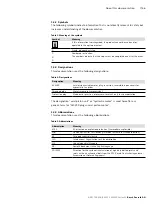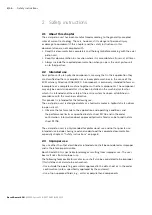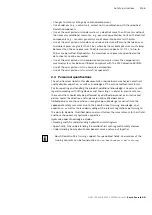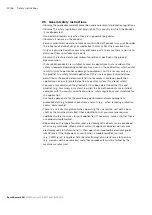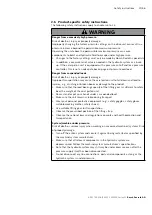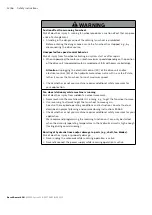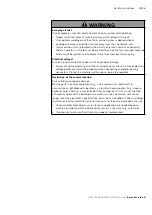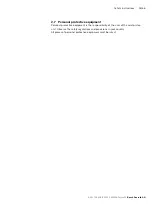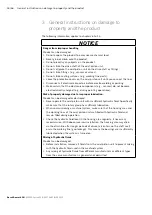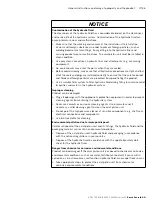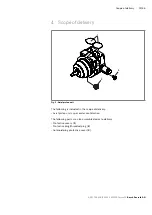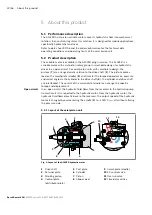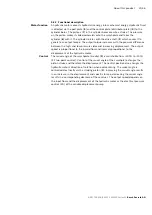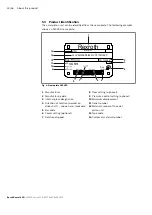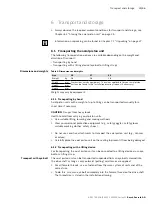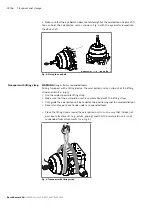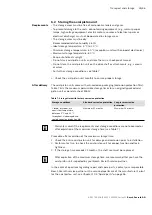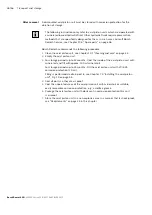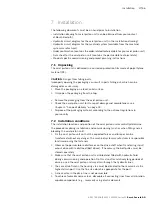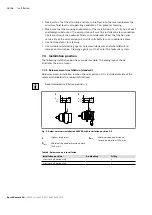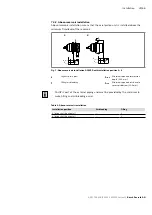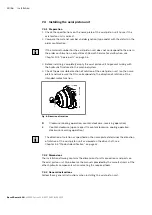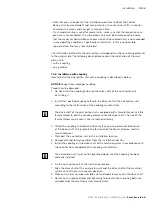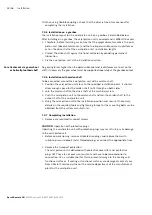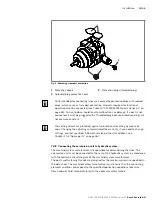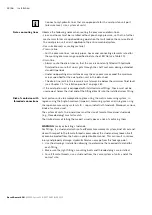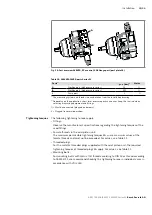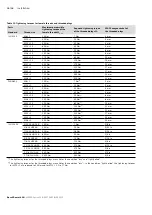
About this product 21/56
RE 91706-01-B/09.2015, A10VER Series 52,
Bosch Rexroth AG
5.2.2 Functional description
A hydraulic motor converts hydrostatic energy into mechanical energy. Hydraulic fluid
is directed via the port plate (
5
) and the control plate (distributor plate) (
) to the
cylinder bores. The pistons (
7
) in the cylinder bores execute a stroke. The pressure
on the piston makes it slide downwards onto the swashplate and takes the
cylinder (
6
) with it. The cylinder rotates with the drive shaft (
) which causes it to
generate an output torque. The output torque increases with the pressure difference
between the high- and low-pressure sides and increasing displacement. The output
speed is proportional to the inward flow and inversely proportional to the
displacement of the hydraulic motor.
The swivel angle of the swashplate (cradle) (
9
) is switchable from +100% to ‒100%
(EZ two-point control). Control of the swivel angle of the swashplate changes the
piston stroke and therefore the displacement. The neutral position also changes the
hydraulic motor's direction of rotation when overcentering. The swivel angle is
controlled electrically via the stroking piston (
). Increasing the swivel angle results
in an increase in the displacement and specific torque; decreasing the swivel angle
results in a corresponding decrease of these values. The output speed depends on
the input flow and the displacement of the hydraulic motor or the electrical pressure
control (ED) of the variable displacement pump.
Motor function
Control

